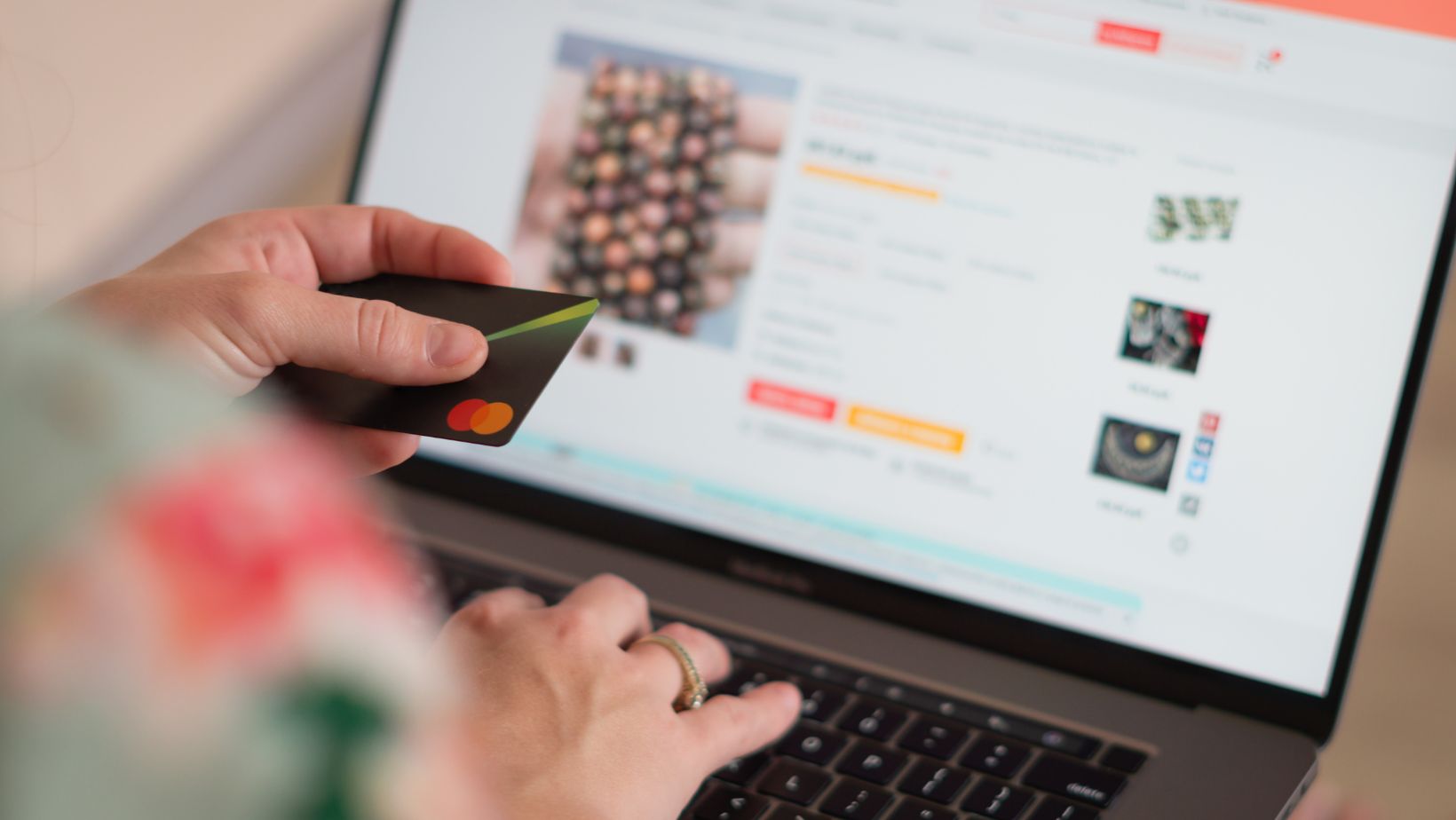Shopping on the Internet is convenient, but not always safe. You bought “branded” sneakers, and they delivered cloth slippers with crooked seams. Sound familiar? Then it’s time to learn to buy wisely, not emotionally. Without stress, without overpaying and without surprises in the parcel.
There are plenty of platforms – from giants to micro-stores with dubious logos. It’s important not to rush. Even sites that are not directly related to shopping, such as 1king (an online casino), have long understood: if you want users to trust you, be transparent. This principle also works with stores. If the site is shady, don’t buy. It’s simple.
First Check, Then Put In The Basket
The Internet is full of fakes and scams. Especially on large sites with a bunch of sellers. Bonuses, promotions, “there’s only one left” – all this is designed so that you don’t have time to think. But there are simple things that really help:
- Check reviews not on the official site, but on independent platforms—there, you’re more likely to find honest opinions.
- See if the seller has a normal site, contacts, pages on social networks. If everything looks like it was done in an evening, it’s time to think.
- Pay attention to how the seller responds to negativity. Dodges the answer or really solves the problem? This says a lot.
Buying online is like a blind date. The more you prepare beforehand, the less disappointment you’ll face afterward.
Don’t Pay More Than You Have To
You’ll be surprised, but the same product can cost half as much in the next browser window. Stores especially exploit this during holidays. Here are some tricks to help you out:

- Compare prices on several sites. Don’t be lazy.
- Use extensions or sites that track price history. If the discount is fake, they will show it.
- Don’t be fooled by signs like “70% off” if you don’t know how much the item cost before.
It’s better to spend five minutes checking than to regret it later and look for where to return the item.
Security Is Not A Boring Formality
An online store can be beautiful, and the discount can be tempting, but if it’s not safe to pay through it, it’s better to pass by. Many people still enter their card details anywhere, without looking at the address bar and without thinking about the consequences. And then the quest begins: “why did the money leave the card if I didn’t buy anything.”
The solution is simple – pay only on sites with a secure connection (the address must contain “https” and a lock). It’s better to use virtual cards or services with additional verification – this adds a couple of seconds, but saves your nerves. You should also abandon the idea of ”saving card details for the future”, especially if the store is little known. It’s tempting, but not safe.
A good habit is to enable write-off notifications to immediately see anything suspicious. This is not paranoia, but normal control. Online shopping is convenient, but only when you are in control of the situation.

